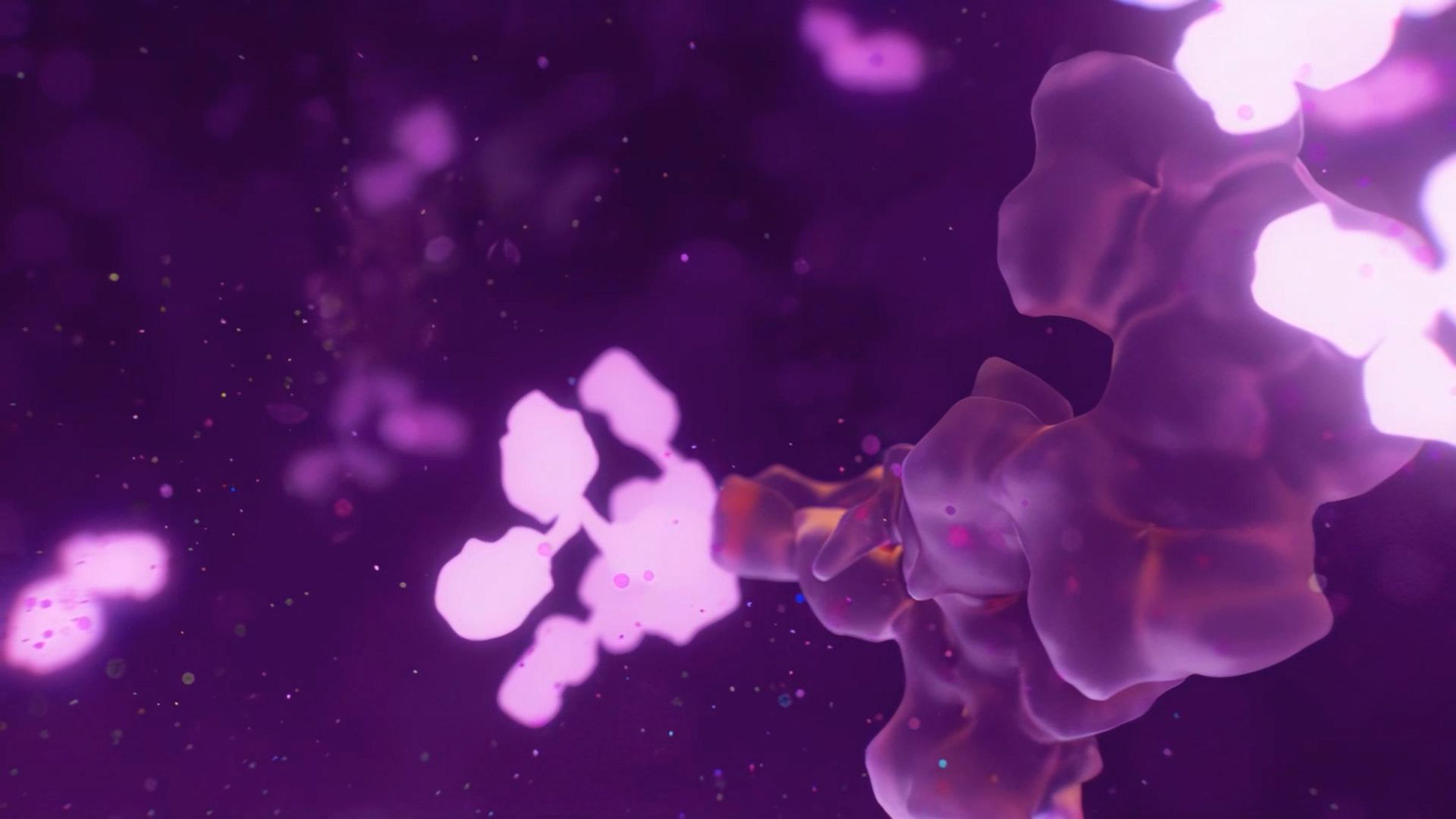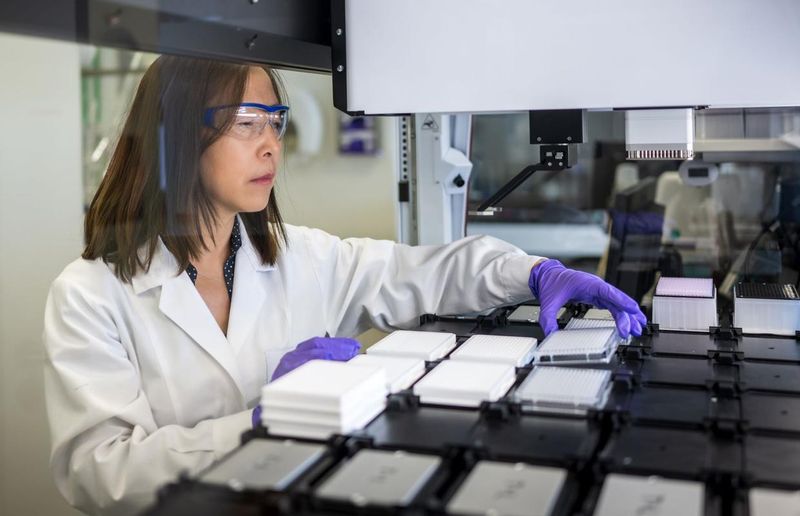Sanofi’s leadership in immunoscience drives transformative innovation across our vaccine portfolio. This expertise underpins our cutting-edge vaccine research, enabling us to help tackle global health challenges with innovative solutions. This section provides an overview of our research and development efforts, as well as the conditions we are addressing in the field of vaccines.
Vaccines: Innovation for Disease Prevention and Control
Vaccines help us to live in harmony with the micro-organisms that share our environment, while defeating those that are harmful.

Jean-François Toussaint
Global Head of Research and Development, Vaccines
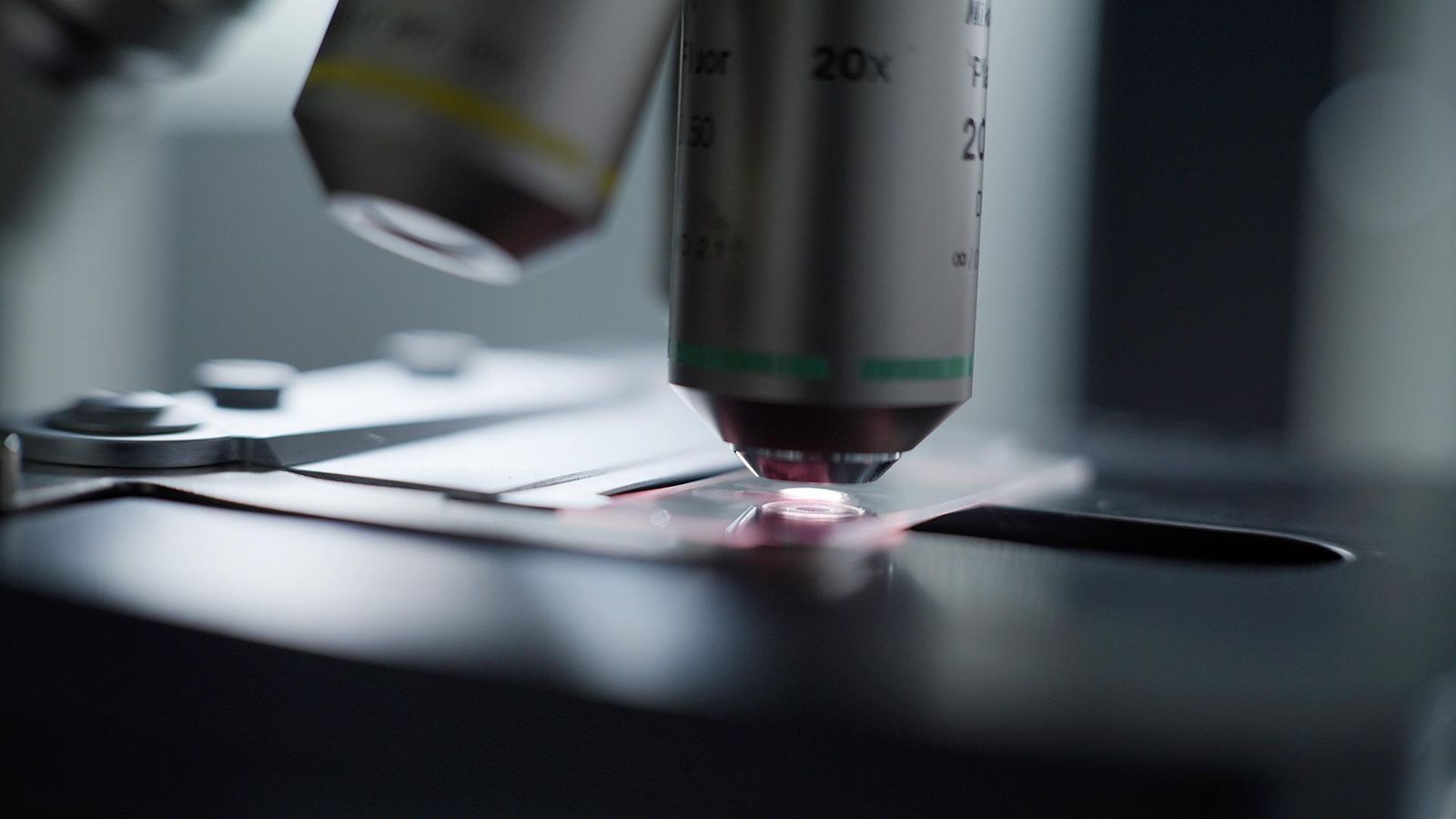
A Legacy of Vaccine Innovation
Louis Pasteur changed the world when he discovered the connection between micro-organisms and infection. We are proud to continue his legacy.
Building on our leadership in influenza and pediatric vaccines, we’re exploring new frontiers like chlamydia and acne.
Follow the Science
Armed with an extensive range of vaccine technologies and innovative research techniques, our teams explore the myriad ways vaccines can help prevent disease and promote health.

A Unique Range of Vaccine Technologies
There are so many different disease-causing microbes that no single approach could tackle them all. Our vaccine development toolbox enables us to target proteins, polysaccharides, and a wide range of other components that help pathogens thrive in the human body.
Our Approach to Vaccine Innovation

Messenger RNA (mRNA)
mRNA science has given our R&D teams more ways to develop vaccines against different infectious diseases1 and to keep pace with emerging health threats.

Artificial Intelligence (AI)
AI helps us understand a pathogen’s weaponry, vulnerabilities, and unwitting allies in the body. That helps us design vaccines with the greatest chance of beating pathogens, even as they evolve.
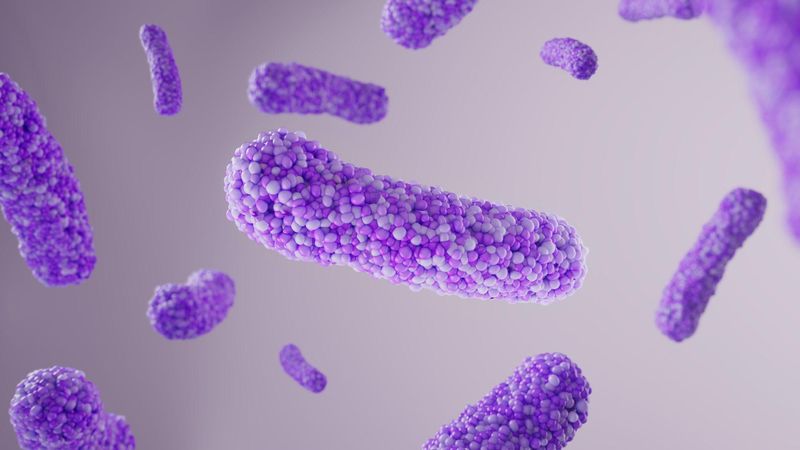
Beyond Infectious Disease
We have the opportunity to pave the way for next-generation vaccines, which could target not only infectious diseases, but non-infectious ones as well, like acne.
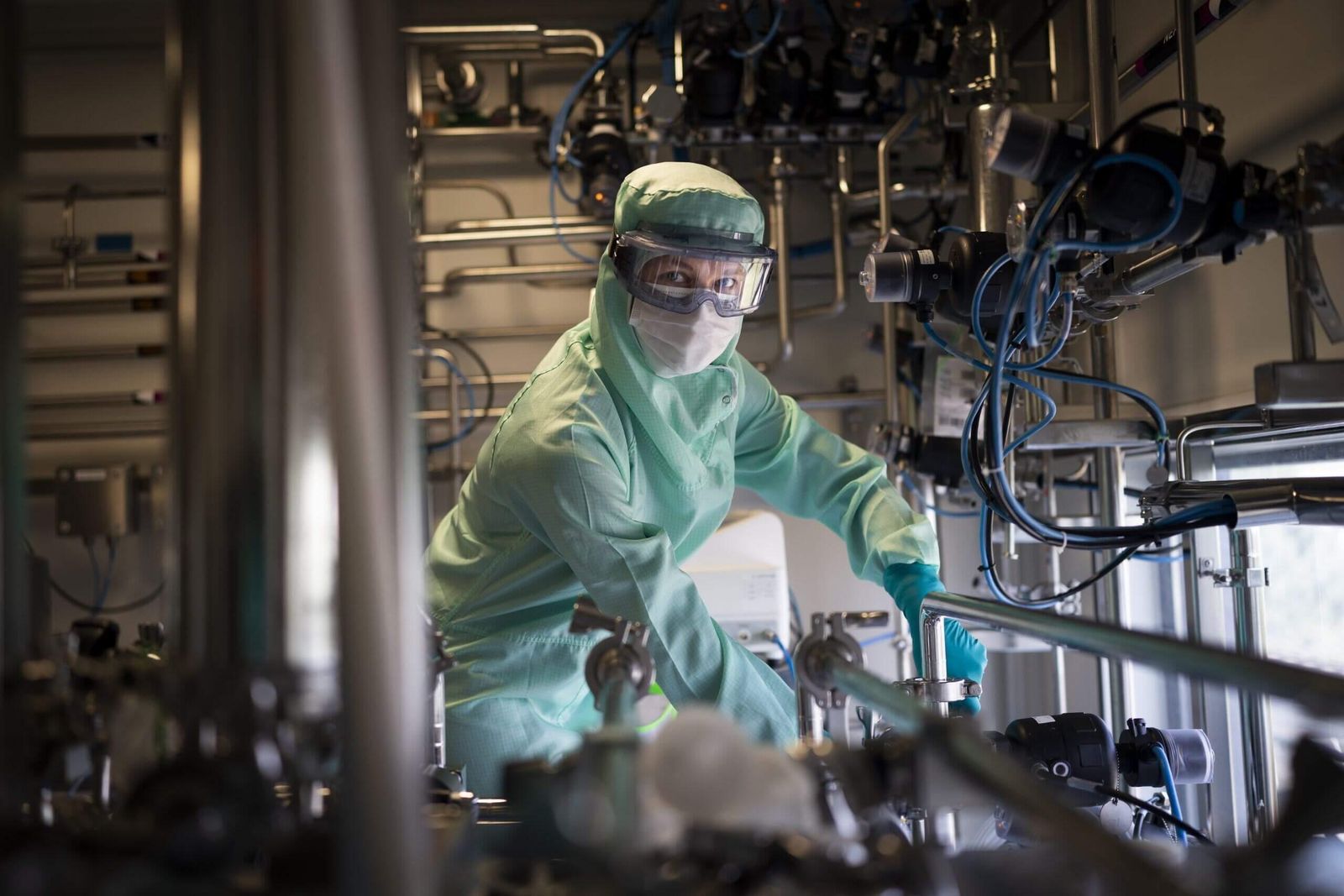
Vaccines Manufacturing: From Lab to Vial and Beyond
At Sanofi, our AI-powered manufacturing network bridges scientific breakthroughs with global health protection. Delivering 1.3 million vaccine doses daily, we combine cutting-edge technology with uncompromising quality standards.
Our Latest Science Stories
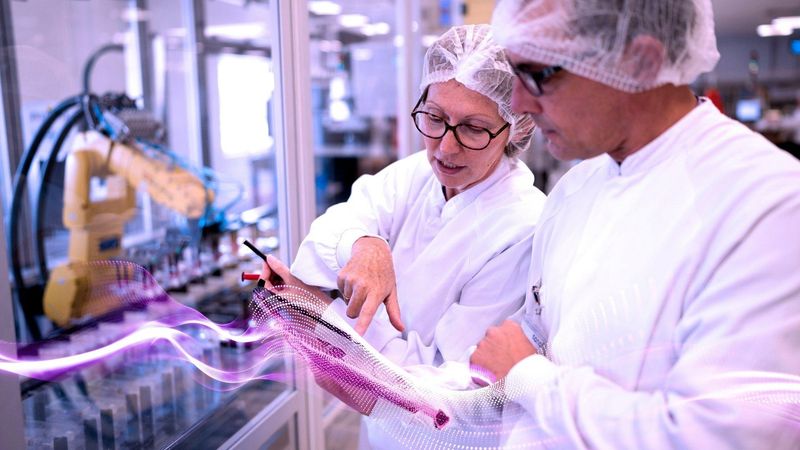
January 13, 2026
AI Across the R&D Value Chain: Manufacturing - Digital Labs and Self-Sharpening Tools
More for Healthcare Professionals
Our Data-sharing Commitments
Our Disclosure Commitments
Find a Clinical Trial
Campus Sanofi
References
- Xu S, Yang K, Li R, Zhang L (2020) mRNA Vaccine Era-Mechanisms, Drug Platform and Clinical Prospection. Int J Mol Sci 21(18); DOI: 10.3390/ijms21186582
